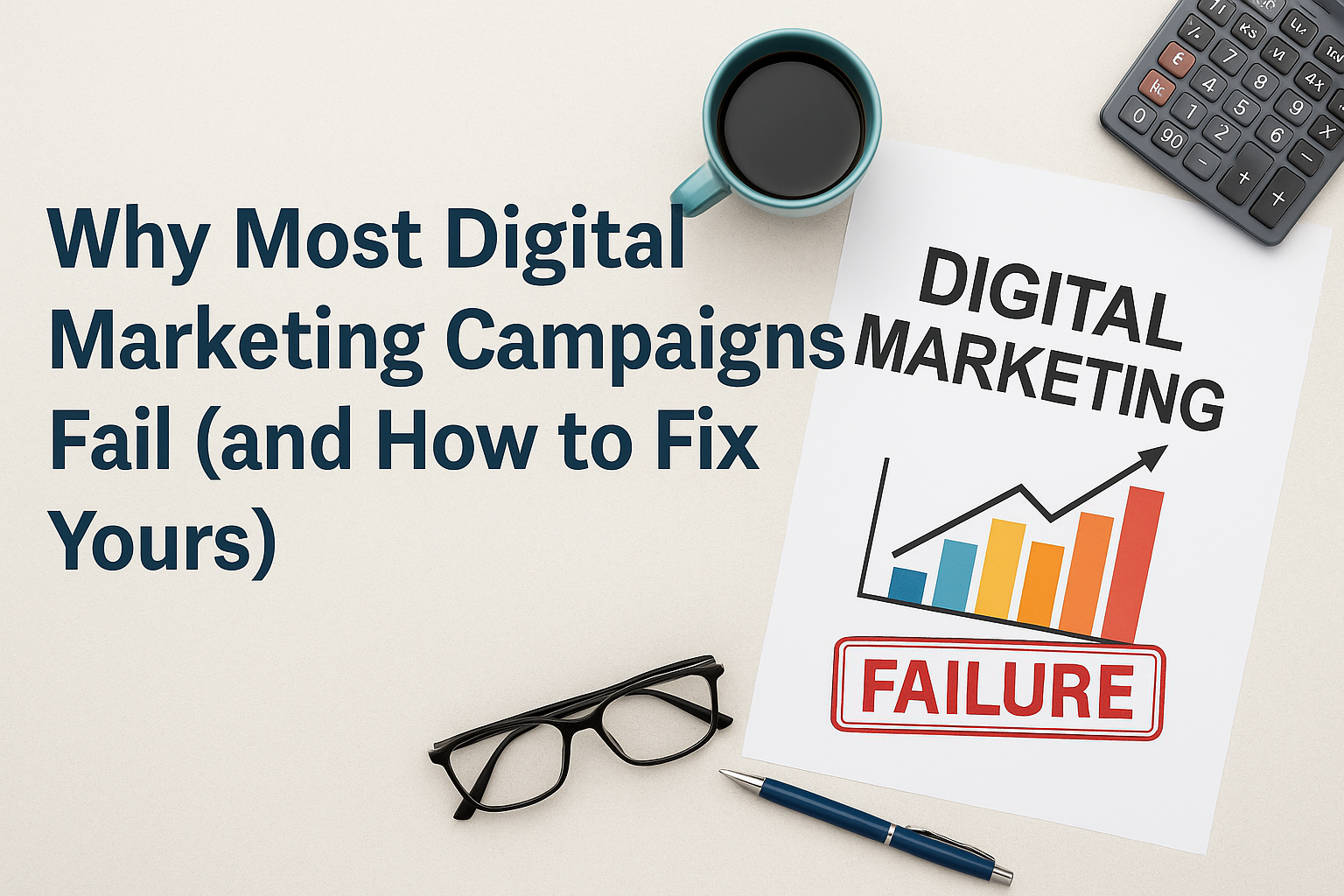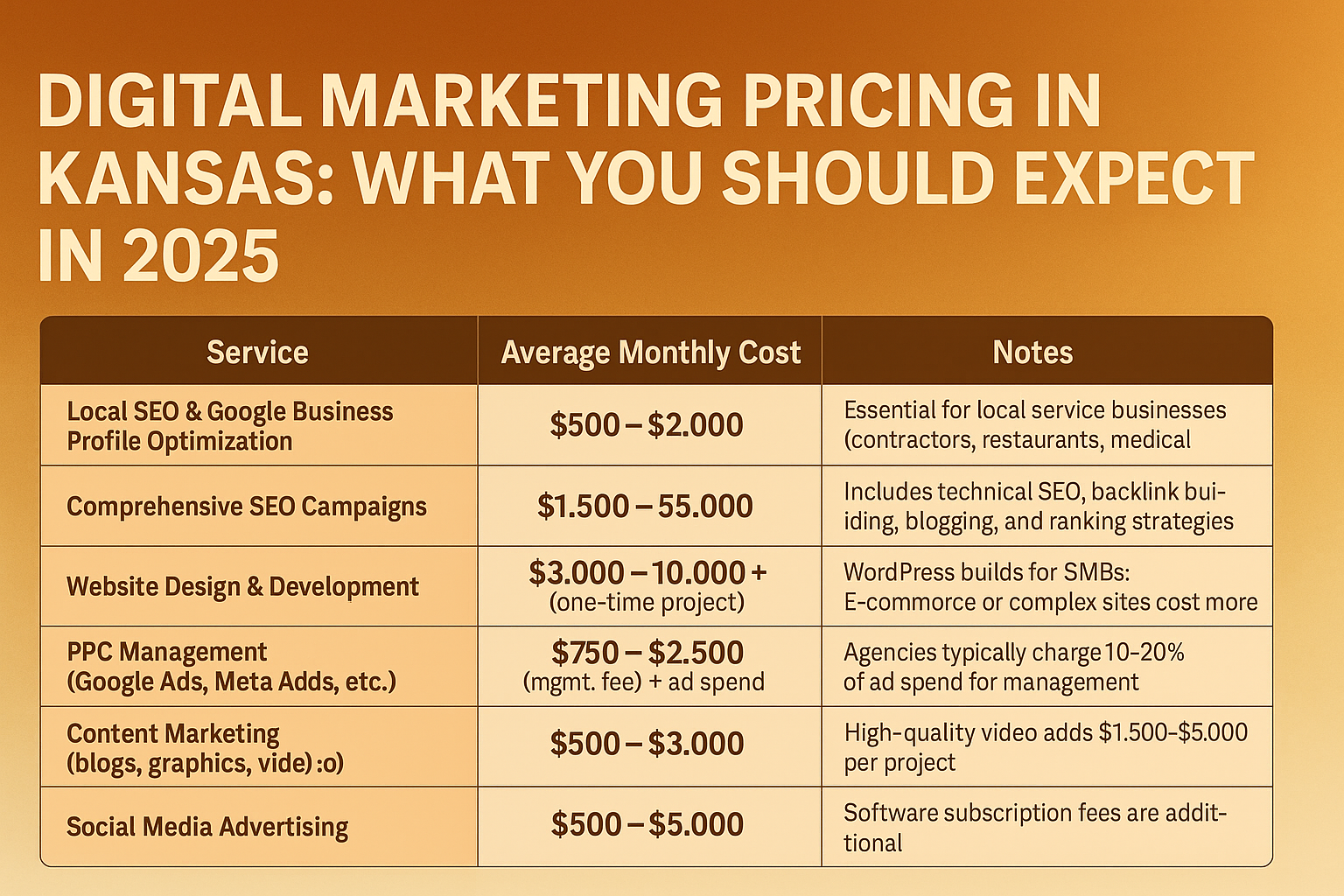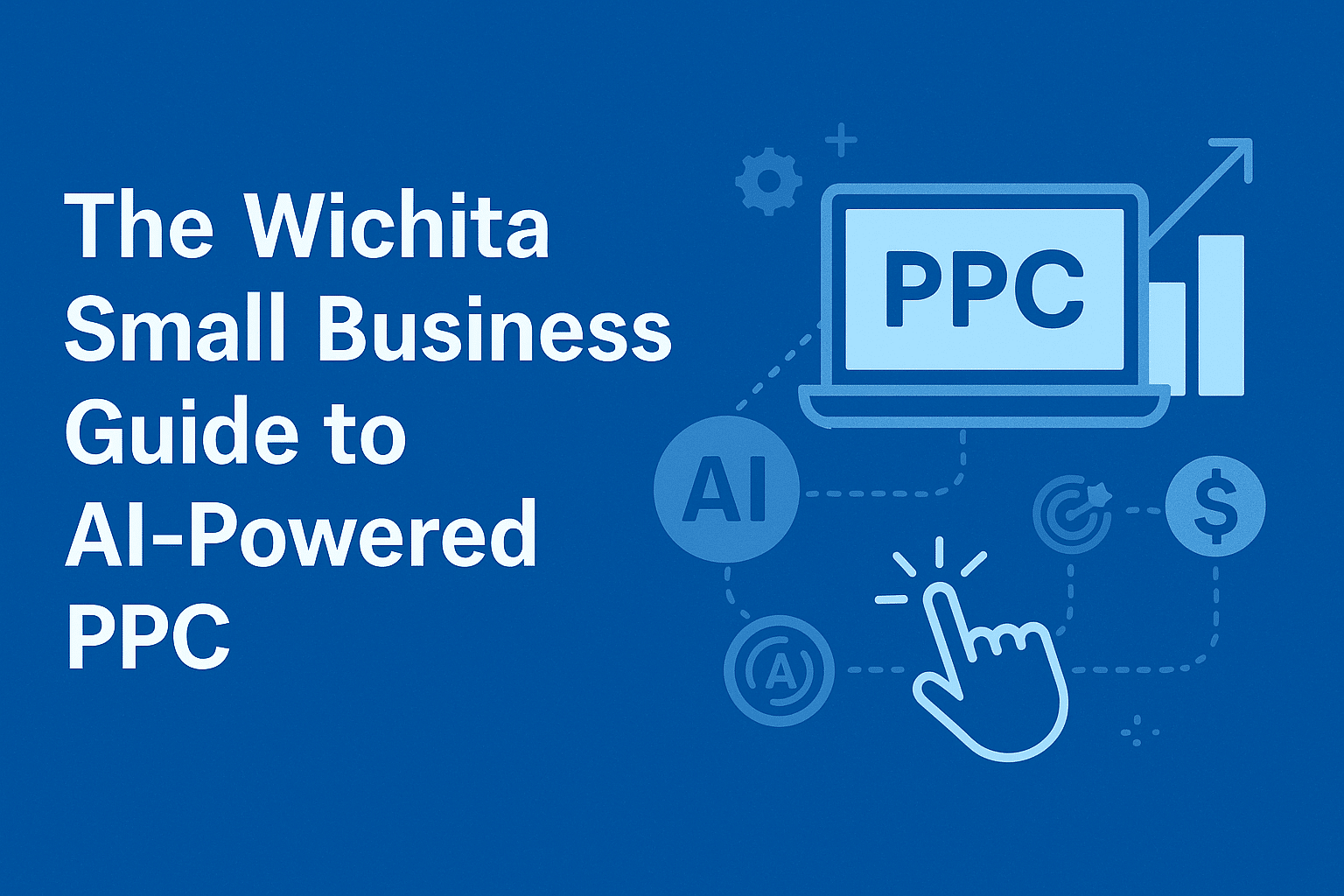What makes an Ad? This question can have two very different meanings depending on why you are asking it. Today we will break down both meanings of this question. First, What are the components of an advertisement? Second, what makes, or breaks, an ad? The first question helps you create coherent and comprehensive ads of your own. The second allows you to evaluate your ad strategies, compare them to other market successes and failures, and to sharpen future campaigns. This article will help you refine your ad strategies by nailing down the basics of what any ad for any product, service, or business needs to achieve. It will also help you understand what to look for when comparing your ad to a competitor and what to look for when analyzing the run of an ad campaign.
Product
When small business owners and entrepreneurs think of an ad, they know immediately why they want to run it. They have a product, and they want to put that product in front of as many eyes and wallets as they can. Without a product there is no reason to advertise. However, many novice marketers and business owners get tunnel vision towards their own products and what it can do that they forget about the customer’s point of view. Remember when creating an ad for any of your products and services that you are pitching your product to an individual who may have no idea who you are, what your business is, or what your product is capable of. When highlighting your product make sure that its purpose and capabilities are clear cut and straightforward. Highlight the strengths of what it can do as well as what specifics and extras differentiate it from anything else on the market.
Price
Price is the first thing that most consumer’s eyes will go to once they’ve gathered an idea of what the product is. It is important to remember that consumers won’t typically base their idea of a product’s price around what it costs the manufacturer (you) to make. They evaluate price based on how well they think that price justifies the need that the product meets. While these two methods of price evaluation often intersect, they are not always the same. Make sure that your advertisement justifies the price. Are you highlighting the features that improve on a customer’s needs or wants? Does the design and material look like it justifies the price tag? These are key areas that customers will focus on and products or services that look cheap and do little will hardly continue down the sales funnel if the price is above the market rate. At the same time, you know your bottom line and if the price is reasonably set toward your cost of goods sold, you need to emphasize the strengths and design of your product to match the price point.
Place
Where are you advertising? This is an important question to ask yourself with anything your business puts out, but especially with advertisements and ad campaigns. What platforms are you using and what audiences is your content being put in front of? A quality advertisement can still die a quiet death if ads are placed in the wrong spot. The good news is that social media metrics and ad managers have made it easier than ever before to place your advertisement directly in front of the audience you are targeting. Make sure that you know who might be interested in what you have to offer and do not waste time putting in in front of uninterested parties.
Promotion
Once you’ve determined what you are selling, what price you are selling at, and where you are placing your advertisements, you are ready to promote. This is where you pitch what makes your product, your business, and your vision worth an individual investing their money towards. Whether it’s a one-time purchase at the counter, the beginning of a client relationship, or an order over the phone; promotion is where you do the selling. Let your customers know what makes your product superior, what sets it apart, and how it can improve their lives even beyond its obvious uses. Promotion is how you sell the consumer on features they don’t even yet know they need. Make sure to assertively share what makes what you have to offer distinct and worth their hard-earned money.
What Sets Your Ad Apart?
How are you advertising differently than your competitors?
Once you’ve created an advertisement or campaign, you have taken the first step but not the last. You’ve made an ad, but your ad has yet to be made or broken. What makes an ad campaign thrive is what sets it apart. How are you doing a better job than your competitors? Are you selling a physically superior product? Do you have a more appealing price point? Are you advertising in better markets? Ask yourself these questions and you can gain an understanding of what sets your ad apart. What you learn from this refining process will help you not just continue and capitalize on a successful ad campaign; it will help you create a template for future ad campaigns.
Rinsing and Repeating
With each ad campaign, success or failure, you learn something new. Each campaign in a particular business should serve as a building block for future campaigns, whether they advertise the same product or not. A successful ad campaign can teach you what is working and a failed campaign can teach you what is not. Make sure that you are taking the time to survey costumers and website visitors, see what catches their eye and made the hard sell for them. See what places your ads failed to generate click throughs and sales. Note what prices where too high to gain interest or too low to make profit. Take what you have learned from one campaign, and apply it to the next one. Each time you can create advertisements that feel familiar to your recurring customers but that work to capitalize on your business’ potential with new customers as well.
Featured Image:
Image by <a href=”https://pixabay.com/users/mohamed_hassan-5229782/?utm_source=link-attribution&utm_medium=referral&utm_campaign=image&utm_content=3190106″>Mohamed Hassan</a> from <a href=”https://pixabay.com//?utm_source=link-attribution&utm_medium=referral&utm_campaign=image&utm_content=3190106″>Pixabay</a>




















